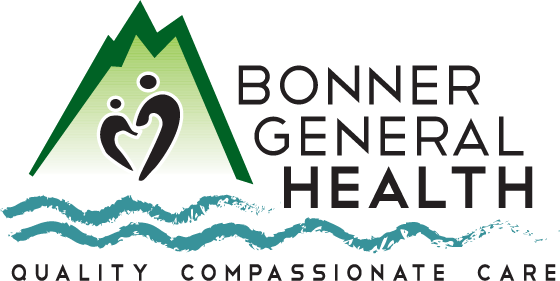By Kathy Hubbard
Even if you’re not a football fan, you probably heard about Damar Hamlin, the 24-year-old player who went into cardiac arrest during a game recently. He was “dead” when he hit the turf and was resuscitated by medical staff on the scene. Today, he’s well on his way to a complete recovery and undergoing rehabilitation.
Two Sundays ago, the New York Times ran an article by journalist Gina Kolata. In it, she said that based on statistics, Hamlin shouldn’t have survived. She noted that the mix of good preparation and good fortune allowed Mr. Hamlin to escape a leading cause of death in the United States.
“Cardiac arrest, when the heart stops, is distinct from a heart attack, which occurs when blood flow in an artery feeding the heart is blocked. Outside of a hospital, more than 300,000 people a year have a cardiac arrest, also known as sudden cardiac death. The survival rate for those who have cardiac arrests outside of hospitals and, like Mr. Hamlin, have bystander cardiopulmonary resuscitation, is just 11.2 percent. For the few like Mr. Hamlin who receive immediate defibrillation, survival rises to 41 percent,” she said.
We know that football, as a contact sport, is dangerous. Weekly we hear about injuries, some more serious than others. What I didn’t know is that the National Football League contracts with local Level 1 trauma centers near the stadiums of cities in which they play. This particular game was played in Cincinnati.
“The University of Cincinnati Medical Center sends seven physicians to every Bengals home game,” Kolata wrote. “The center also sends paramedics, respiratory therapists, and an ambulance crew. As soon as Mr. Hamlin fell to the ground on Jan.2, that medical team rushed to the field, communicating by radio because the stadium was so loud it was impossible to hear one another speak.”
Kolata said that the cause of Mr. Hamlin’s cardiac arrest is still unknown and more than likely will stay that way. “A likely explanation was a rare event, commotio cordis, in which a blow to the chest – in his case from a tackle – at exactly the right 20-millisecond interval in the heart’s cycle can make the heart stop.”
So, what could it have been if it wasn’t that? Johns Hopkins Medicine says that cardiac arrest can be caused by arrhythmia when electrical signals in the heart lead to an abnormal heartbeat, or ventricular fibrillation, the most common cause, occurs when a rapid heartbeat in the heart’s ventricle causes the heart to tremble instead of pumping blood.
Other causes include an enlarged heart that leads to abnormal contractions; coronary artery disease, when the arteries narrow and thicken by plaque blockages; blood loss; valvular heart disease; lack of oxygen; and high levels of potassium and magnesium.
The Sudden Cardiac Arrest Foundation says that heart problems such as chest pains, dizziness, palpitations (fast or pounding heartbeat), shortness of breath, or sudden numbness are a medical emergency. Don’t waste time. Call 911.
If you’re with someone who collapses, call 911 first. Then check for signs of life, such as whether the person is breathing normally. If not, start cardiopulmonary resuscitation (CPR).
“Begin CPR by pushing in the center of the chest for 100 to 120 beats per minute. 911 operators also can guide rescuers through CPR,” SCAF says. But I’ll say it’s better to learn it when there isn’t an emergency. Remember, you only have a few minutes before the person sustains brain damage.
“Brain damage is likely if the person in cardiac arrest goes four to six minutes without CPR, and brain death occurs after 10 minutes,” Kolata said. “Only eight percent of cardiac arrest survivors emerge with a good neurological outcome. Most, according to Monica Sales, a spokeswoman for the American Heart Association, ‘have some degree of brain injury.’”
If there’s an automated external defibrillator (AED) close by, have someone get it. Don’t stop CPR until the emergency personnel arrives. AEDs are clever in that they know what to do and will give you directions.
Stay calm during the emergency. After the person is transported to the hospital and is in the good hands of Bonner General Health’s emergency department staff, you can freak out.
Kathy Hubbard is a member of the Bonner General Health Foundation Advisory Council. She can be reached at kathyleehubbard@yahoo.com. This article was written for publication in the Bonner County Daily Bee.

